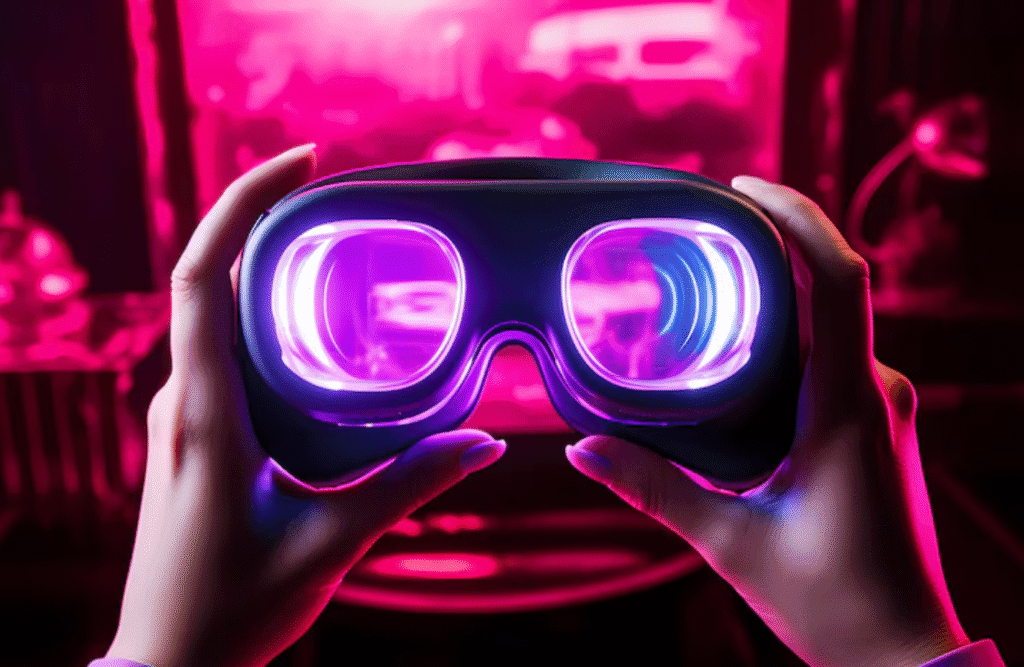Virtual Reality esports have exploded in popularity in 2025, transforming competitive gaming into a physical, immersive experience that combines strategy, skill, and athleticism like never before.
🎮 The Rise of VR Esports
Games like Echo Nexus VR and Beat Saber: Ultimate headline tournaments worldwide, offering multimillion-dollar prize pools and massive viewership. VR esports merge the reflexes and tactics of traditional esports with physical movement and spatial awareness.
🏟️ Next-Gen VR Arenas
Cutting-edge VR arenas equipped with motion tracking systems allow players to compete in real physical spaces. These venues feature:
- Large safe zones for player movement
- Real-time spectator views inside the VR world
- Physical obstacles synced with virtual gameplay
This fusion creates a thrilling spectator sport where fans can watch from any perspective inside the virtual arena.
📺 Streaming and Spectatorship
Platforms now offer immersive VR spectator modes, letting viewers:
- Fly alongside players
- Switch between multiple camera angles
- Experience the arena as if inside the game itself
These features have expanded VR esports’ fanbase beyond traditional gamers to include sports enthusiasts and casual viewers.
🤝 Professional VR Teams
VR esports teams now have coaching staff, analysts, and dedicated training programs focusing on:
- Spatial awareness
- Reflex training in three dimensions
- Physical fitness to handle VR movement demands
Athletes from traditional sports are also crossing over into VR competition, broadening the talent pool.
🎯 The Future of VR Esports
As technology advances, expect VR esports to become more physically engaging and strategically complex, with innovations in haptic feedback and AI-powered opponents pushing the boundaries of competitive gaming.




